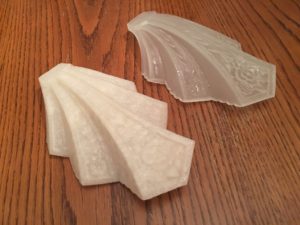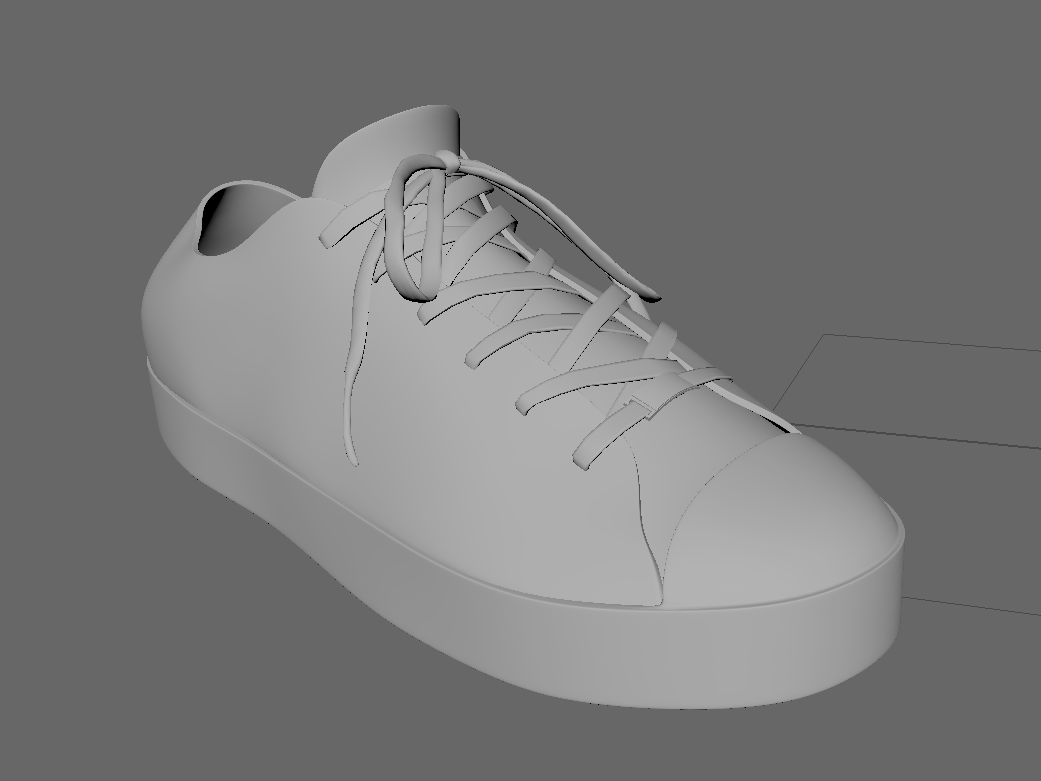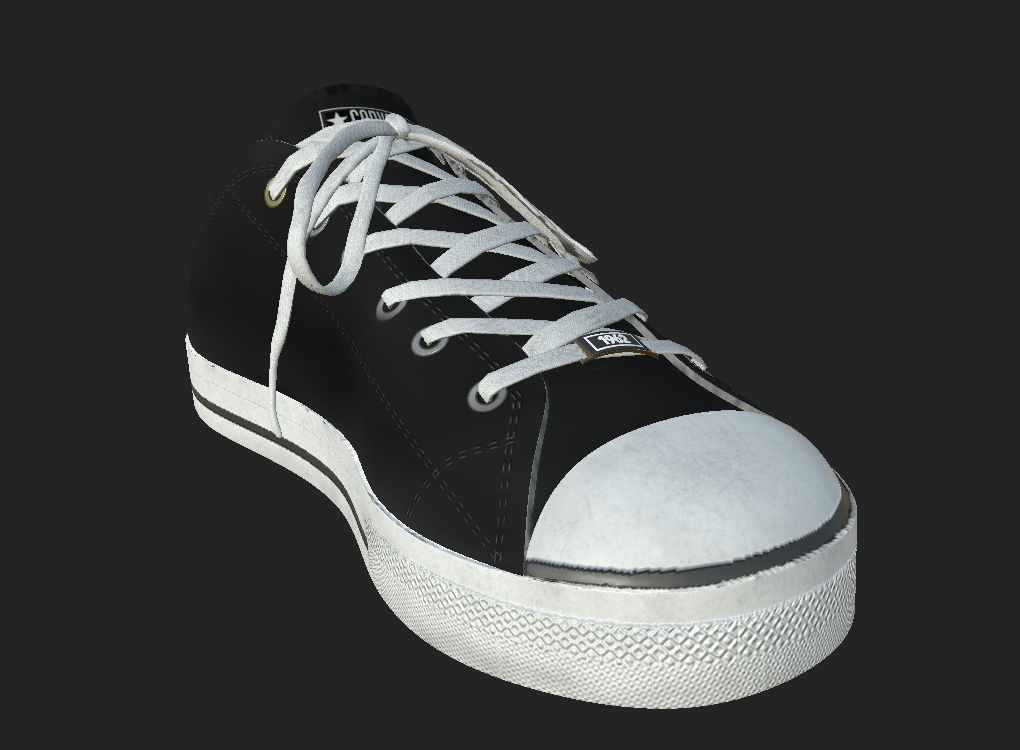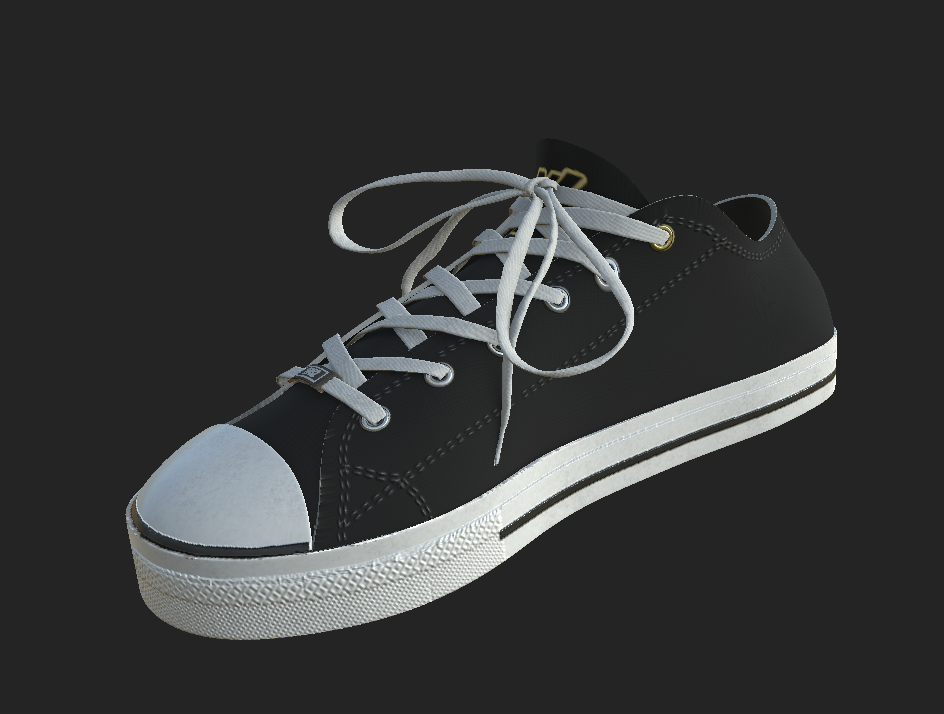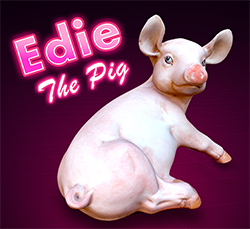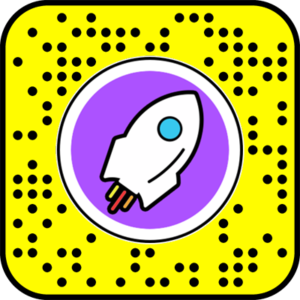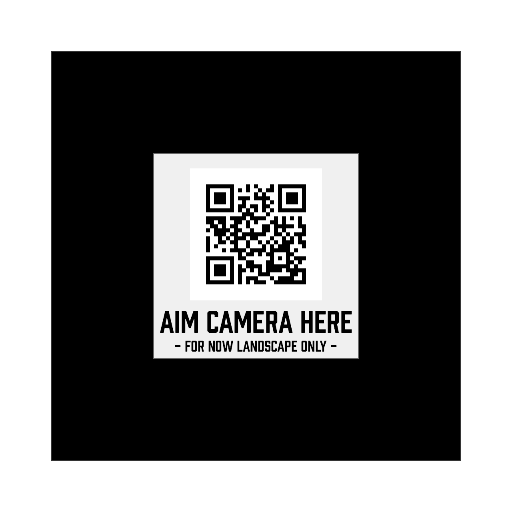Custom Covid-19 Mask from a face scan.
There is a critical shortage of n95 masks. Not just for ICU staff, but others working in essential services such as emergency healthcare, food production, city transportation, and nursing homes to name but a few. Unlike most cotton masks, these masks are also designed to protect the wearer. I had looked into the possibility of putting my 3d printer to work building protective masks for essential workers. But the main problem with these types of rigid 3d printed masks is that they do not fit tightly enough to the face.
Normally, a flexible filter material is molded on a special machine and it is this flexibility that allows the mask, when worn tightly, to seal to the face. Regardless of the filter material used a mask is only as good as its seal and the wearer will always be breathing and exhaling through leaks around the edges of the mask and not just the filter. This is a particular problem with generic rigid 3d printed masks.
I came up with one solution to solve this problem using a face scan from a selfie video and began a personal project creating these masks for essential works, friends, and family members. The video above was my first pitch, however, I have since improved the design. I abandoned the box filter in favor of a larger and more reliable pressure fit screw cap. I increased the size by about 50% which was required for more surface area after switching to an improved filter material cut from nanofiber. This new material, branded as Filti, has been lab-tested for use as a facemask material and has a MERV 16 rating, 95% efficiency, and 0.3 microns.
